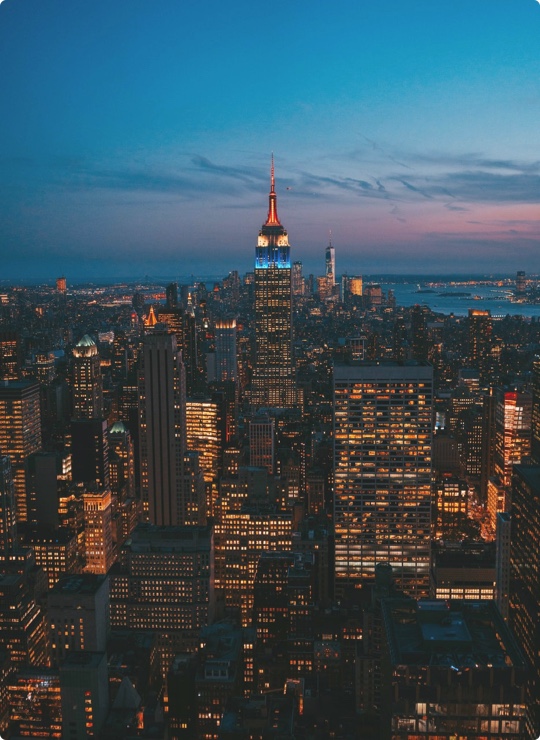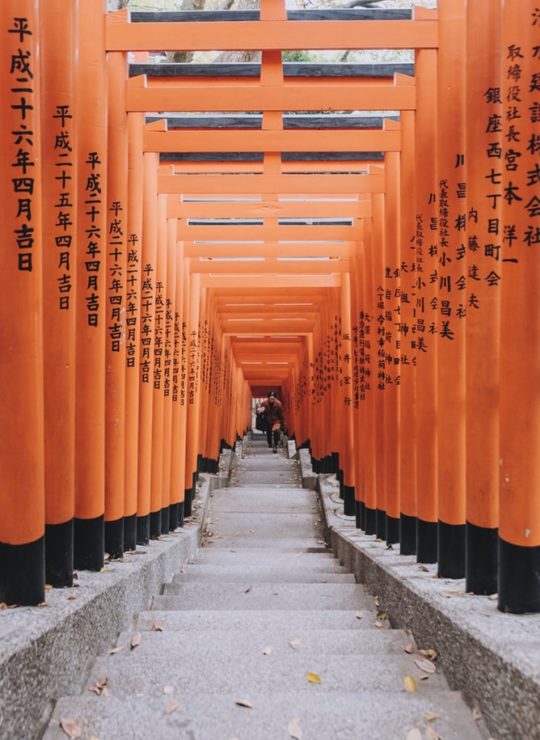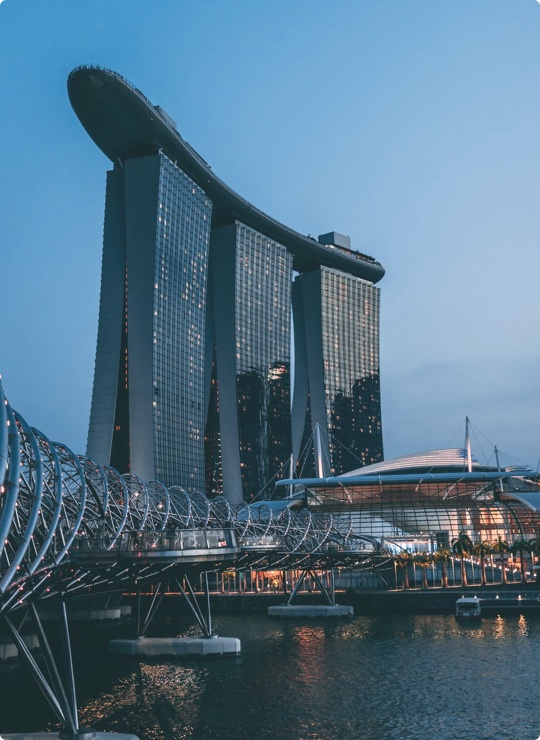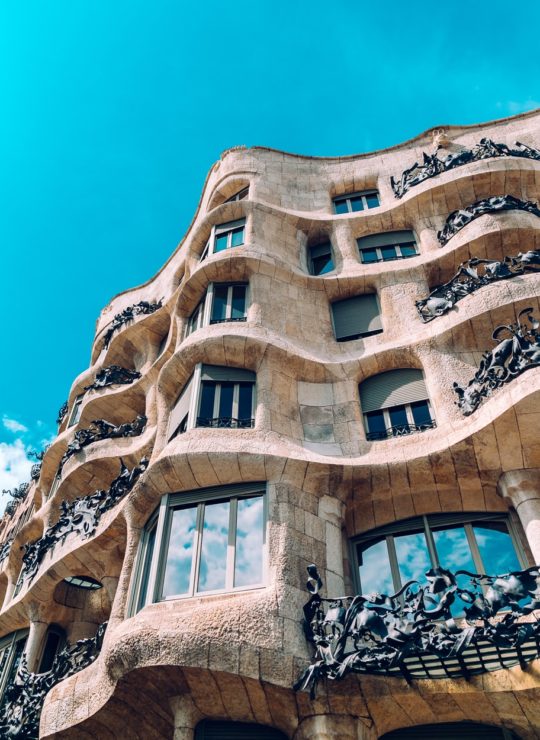Ghandruk
Ghandruk is a popular mountain village in the Annapurna region of Nepal, known for its traditional Gurung culture, stone houses, and stunning views of Annapurna South, Hiunchuli, and Machapuchare (Fishtail Mountain). It is a common stop on the Annapurna Sanctuary Trek and the Ghorepani Poon Hill Trek.
Understand
[edit]Ghandruk sits at an altitude of about 2,010 m, and is one of the largest Gurung villages in Nepal. It serves both as a trekking hub and a cultural destination. Many houses are built of stone with slate roofs, and the village has narrow stepped lanes. Tourism is a major source of income alongside farming.
The village is also home to ex-servicemen of the British and Indian Gurkha regiments, and you can learn about their history in the local museums.
Get in
[edit]Most visitors arrive on foot as part of a trek. However, it is possible to reach Ghandruk directly by jeep or bus from Pokhara in around 5–6 hours, depending on road conditions. Vehicles stop near the lower part of the village, from where you must walk uphill.
- By foot
From Nayapul or Kimche, it is 3–4 hr of steady ascent. From Landruk, the trail descends to the Modi Khola river, crosses a suspension bridge, and climbs steeply to Ghandruk.
Get around
[edit]Ghandruk is compact and best explored on foot. The steep stone steps connect the upper and lower parts of the village. Wear sturdy shoes.
See
[edit]- 1 Gurung Museum. Displays Gurung cultural items, traditional dress, and photographs. A good place to learn about the history of the Gurung people and Gurkha soldiers. Small entry fee.
- Old Gurung Houses. Stone and slate-roofed houses typical of the region, many over a century old.
- Annapurna Viewpoints. Several spots in the village offer panoramic views of Annapurna South, Hiunchuli, and Machapuchare, especially at sunrise.
Do
[edit]Buy
[edit]Small shops sell trekking snacks, bottled water, souvenirs, and locally made wool products.
Eat
[edit]Teahouses and lodges serve typical trekking meals: dal bhat, momo dumplings, noodles, pancakes, and omelettes.
Drink
[edit]Bottled water is widely available but expensive; consider using a water purification system. Local millet beer (tongba) may be available in homestays.
Sleep
[edit]Accommodation is mostly in teahouses and guesthouses with basic facilities. Hot showers are usually available for a small fee.
- Hotel Trekkers Inn. Clean rooms, attached bathrooms in some, hot showers, and a rooftop with mountain views.
- Hotel Snowland. Popular teahouse with comfortable rooms and good dal bhat.
- Super View Lodge. Basic but friendly lodge with some of the best views in Ghandruk.
- Hotel Hill Top, ☏ +977 974 6041595.
- Sinuwa Lodge, ☏ +977 974 6041611.
- Sinuwa Guest House, ☏ +977 974 6028007.
- Bamboo Guest House, ☏ +977 984 6290080.
- Green View, ☏ +977 984 6257879.
- Bamboo Lodge, ☏ +977 984 6257488.
- Trekking Guest House, ☏ +977 974 6065966.
- Buddha Guest House, ☏ +977 974 6015194.
- Annapurna Approach, ☏ +977 975 6000321.
- Hotel, ☏ +977 984 6303417.
- Dovan Guest House, ☏ +977 974 6041130.
Himalaya:
- Himalaya Guest House, ☏ +977 974 6027283.
- Himalaya Hotel, ☏ +977 974 6046109.
- Deurali Guest House, ☏ +977 974 6005200.
- Sangrila Guest House, ☏ +977 974 6041597.
- Panorama Guest House, ☏ +977 974 60228014.
- Dream Lodge, ☏ +977 974 6045694.
Machhapuchhare Base Camp:
- Fishtail Guesthouse, ☏ +977 984 6037924.
- Shankar Guest House, ☏ +977 984 6293225.
- Gunung Co-operative, ☏ +977 984 6513606.
- Machhapuchhre Guest House, ☏ +977 984 6303435.
- Gangapurna View Lodge, ☏ +977 984 6396621.
Annapurna Base Camp:
- Hotel Paradise Garden, ☏ +977 994 610003.
- Hotel Snow Land Lodge, ☏ +977 994 610002.
- Annapurna Guest House, ☏ +977 994 610001.
- Annapurna Sanctuary Lodge, ☏ +977 994 610000.


 Français
Français Italiano
Italiano



